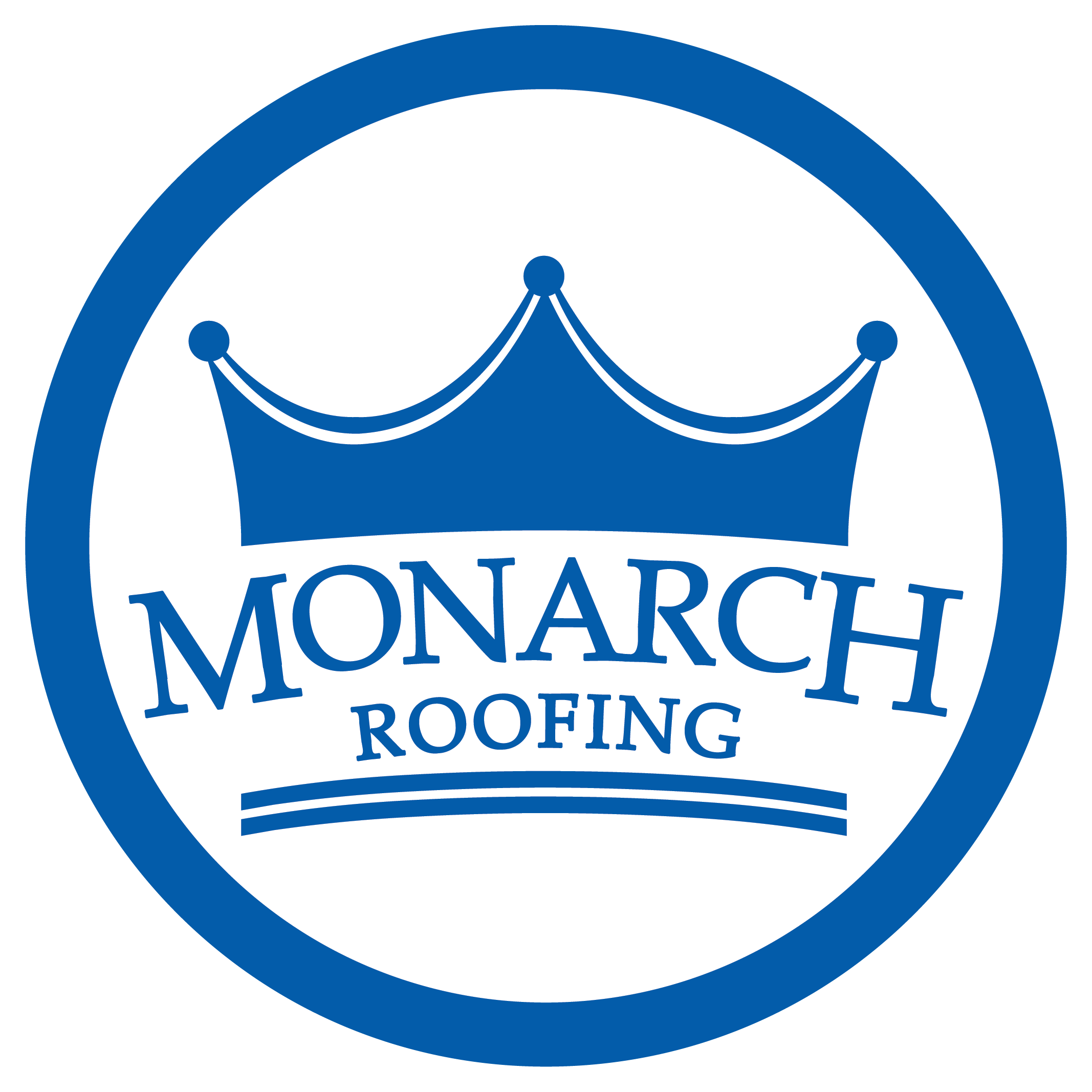-
Premier Commercial Roofing Systems
High-End Commercial Roofing from a Seasoned Company
At Monarch Roofing, we specialize in delivering top-quality commercial roofing solutions tailored to meet the unique needs of your business. With extensive experience in various roofing systems, we ensure your commercial property remains protected and maintains its aesthetic appeal.





